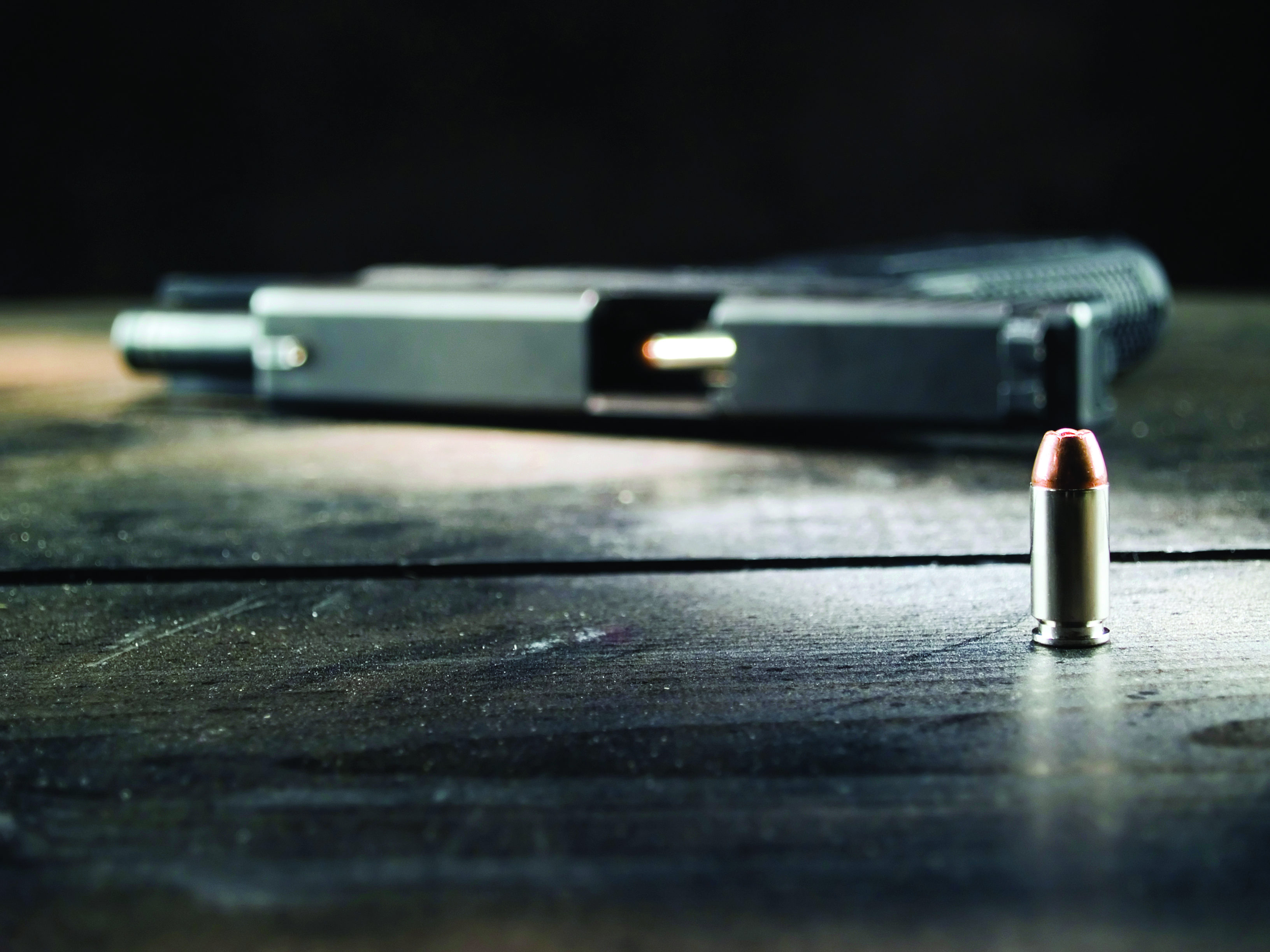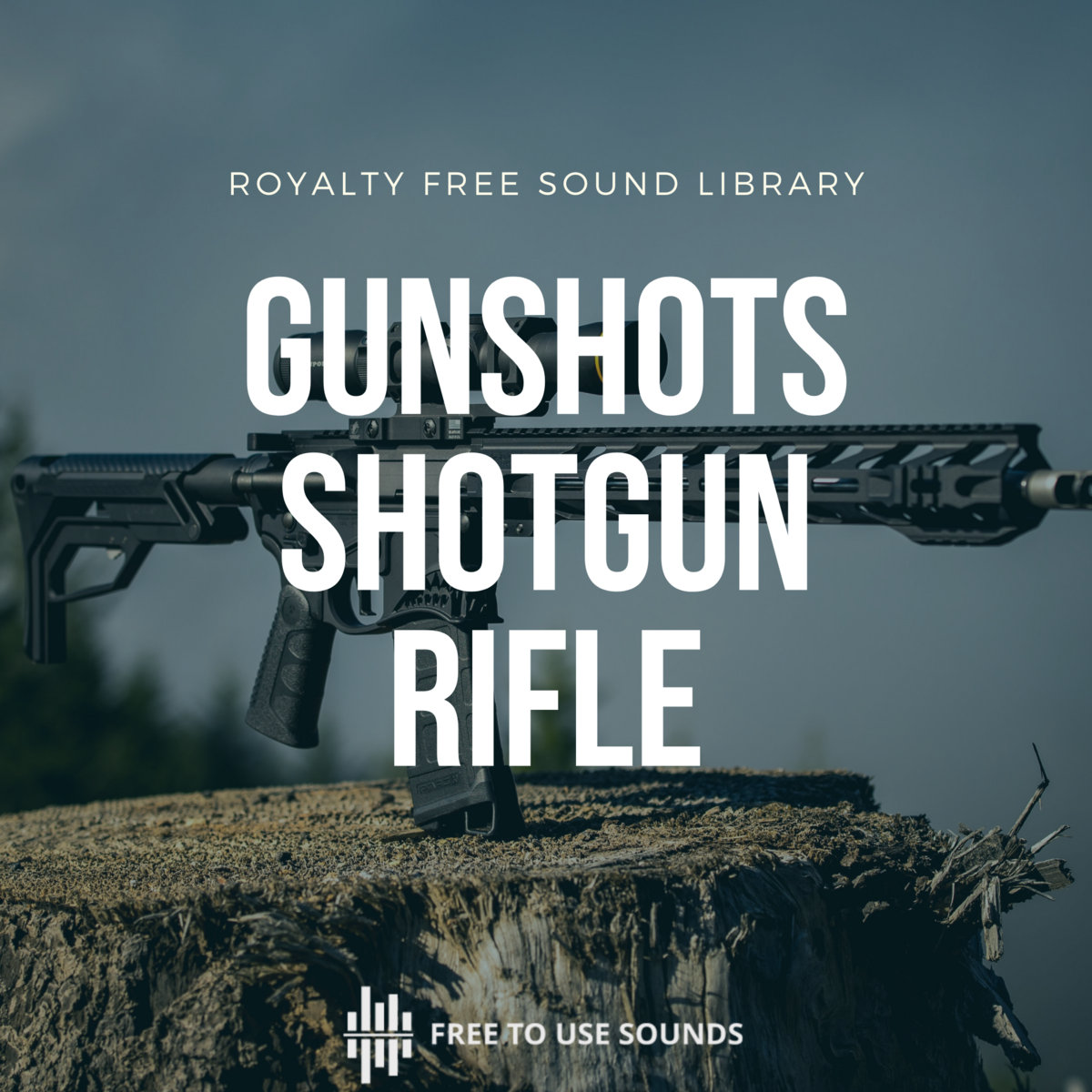

As a shooter, I have an opportunity to combine these subjects and present them here so if this horrifying situation happens in your lives, you will have a better chance of success than most. If you read my bio, you will see that I have quite a bit of EMS background.

How many shooters have a trauma kit available to deal with the massive injuries caused by gunshots? The seed was planted, and my head started to put together this article. The talk show host brought up a very interesting point how many shooters and gun owners have some trauma training? He accidentally caused a self-inflicted gunshot to the lower leg.įortunately, the caller is progressing towards recovery, but it will be a long and painful road. A caller related a recent event from his life. I was driving home and listening to one of my favorite radio talk shows. A 2007 study estimated unlawful suppressor possession was involved in only 0.05 percent (1 in 2,000) federal criminal prosecutions and the suppressor was unused, but simply in the possession of the defendant for 92% of prosecutions involving a suppressor.Let me start with some background on why I chose to write on this subject.

Use of suppressors is rare in United States crimes. A muzzle suppressor is similarly ineffective in reducing the snap of a supersonic bullet or the noise produced by the mechanical action of a self-loading firearm. Suppressors attached to the muzzle will not reduce the sound of high velocity gases released from other locations, such as the gap between the cylinder and barrel of a revolver. The sound of firing is only decreased, however, and is still considerable. (two or three per square kilometer)Ī suppressor can be attached to the muzzle of a firearm to decrease the auditory signature of the high-velocity gases released from the muzzle when firing the weapon. A popular urban gunfire locator system typically uses six to ten audio sensors per square mile for trilateration. A firearm’s muzzle blast may be masked by ambient noise during the daytime, but may be detected at greater distances during the quieter hours of darkness. Urban areas typically exhibit diurnal noise patterns where background noise is higher during the daytime and lower at night and the noise floor directly correlates to urban activity (e.g., automobile traffic, airplane traffic, construction, and so on). The sounds may be heard at greater distances in the direction of bullet travel than behind or beside the gun. Gunfire noise propagation is anisotropic.

Gunfire can be confused with other noises that can sound similar, such as firework explosions and cars backfiring.


 0 kommentar(er)
0 kommentar(er)
